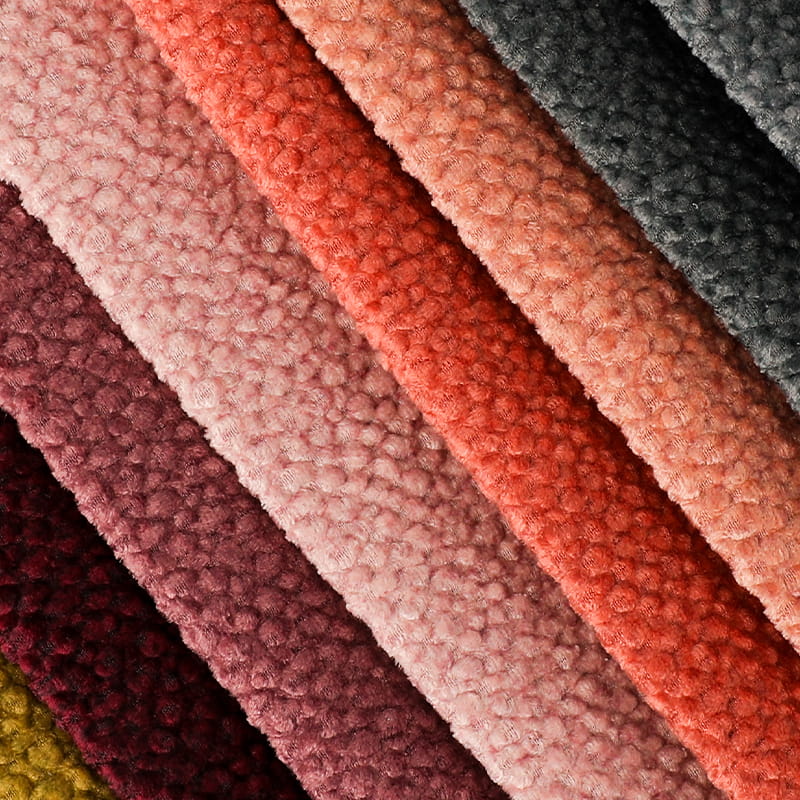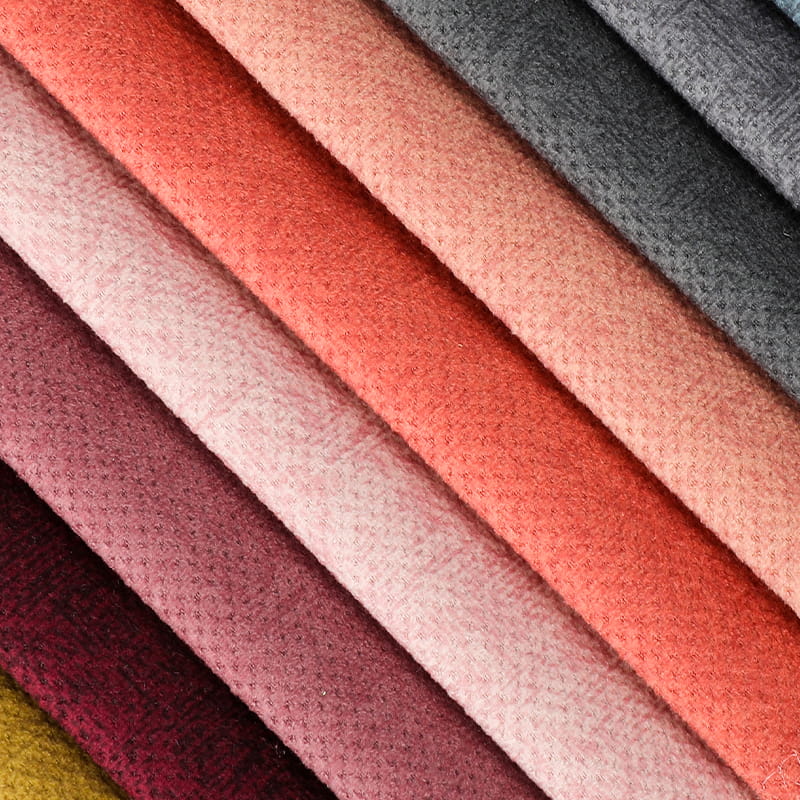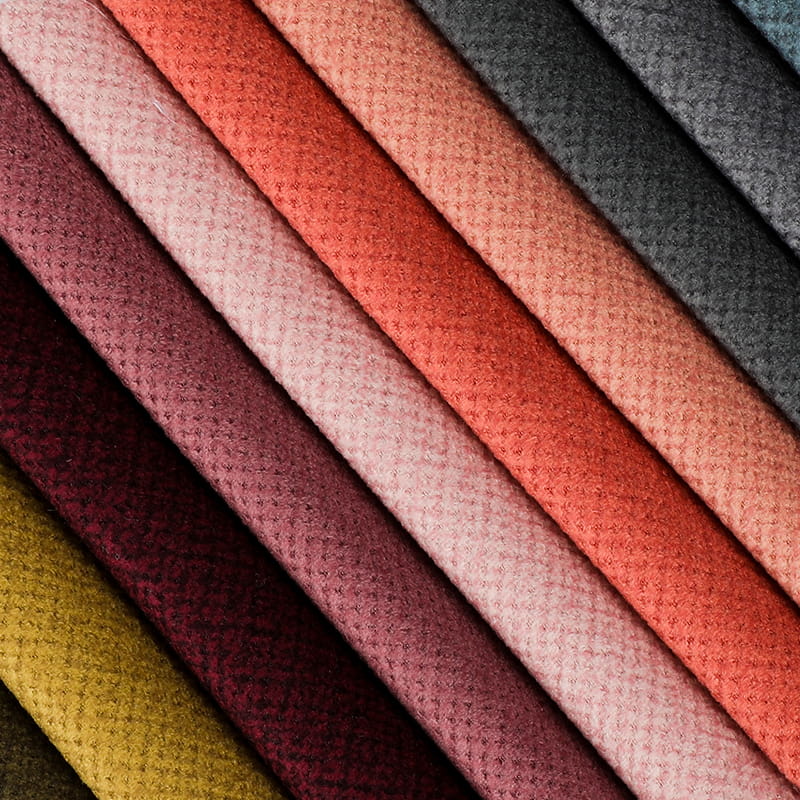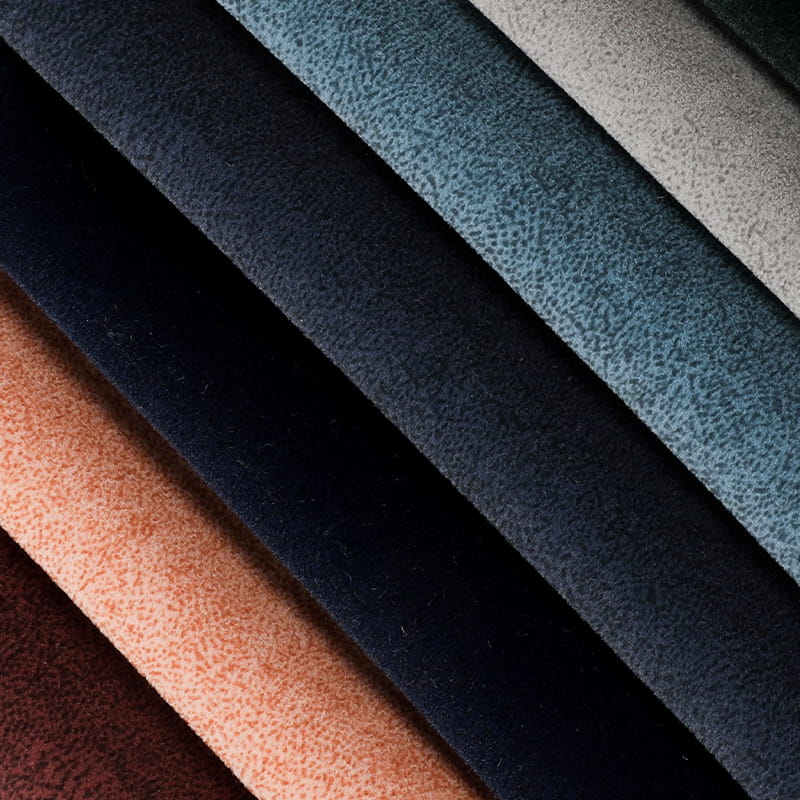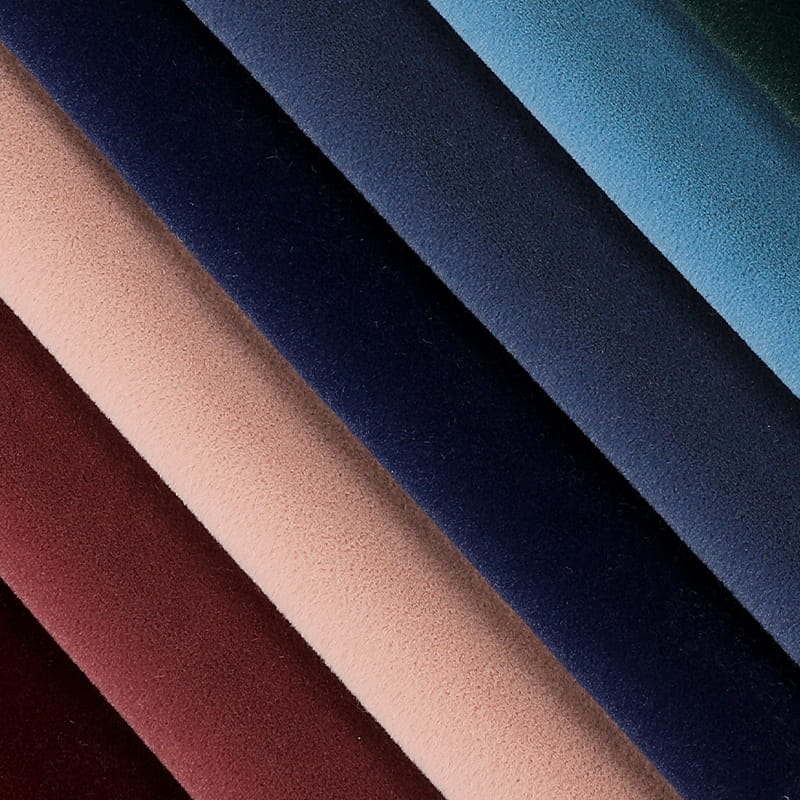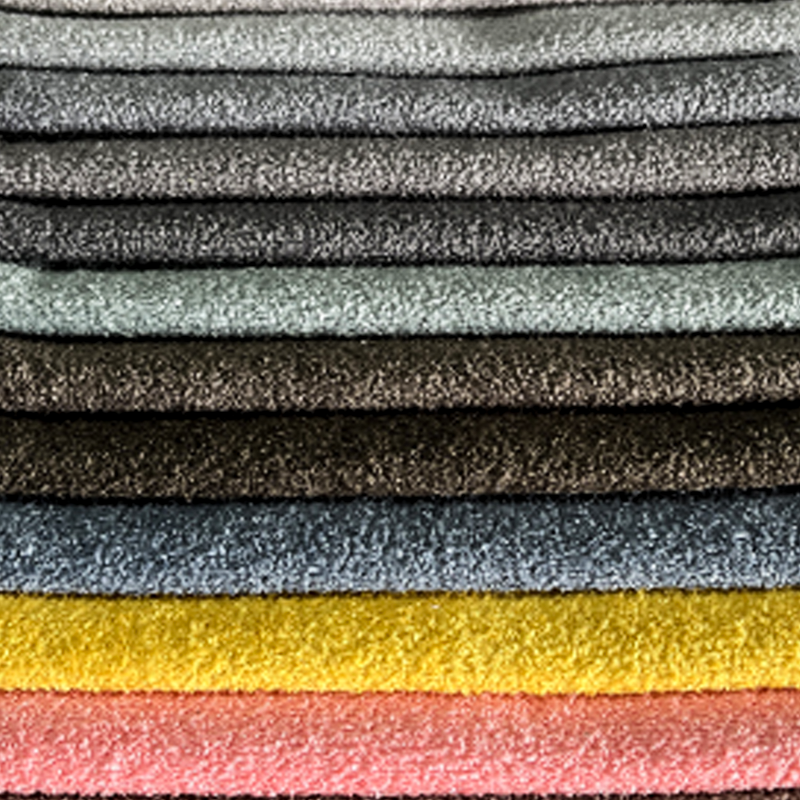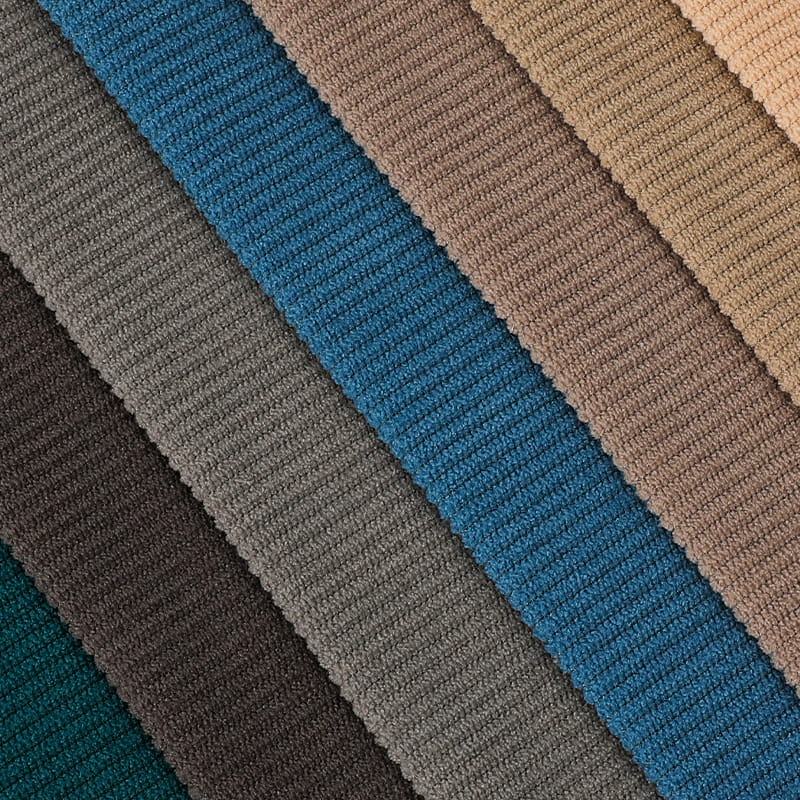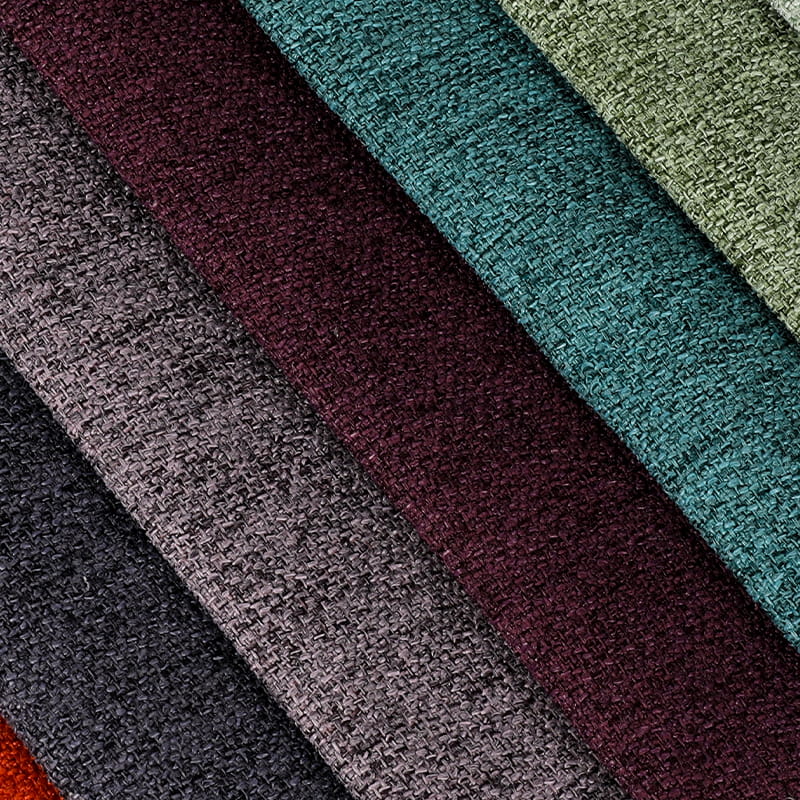In the realm of interior design, upholstery home textile fabrics serve as the silent yet powerful narrators of our living spaces. These fabrics, meticulously chosen for their aesthetic appeal, durability, and comfort, transform ordinary furniture into works of art that reflect our personal styles and tastes. From the sumptuous velvet of a classic armchair to the crisp linen of a modern sofa, upholstery fabrics play a pivotal role in crafting an inviting and cohesive home environment.
Upholstery fabrics are specifically designed to endure the rigors of daily use while maintaining their elegance and integrity. They are chosen not just for their appearance but also for their ability to withstand wear and tear, fading, and staining. Factors such as fiber content, weave structure, and treatment processes contribute significantly to a fabric's suitability for upholstery. Natural fibers like wool, cotton, and linen offer breathability and a timeless look, while synthetic options such as polyester, nylon, and olefin provide strength, stain resistance, and ease of maintenance.
The design of upholstery fabrics is a blend of art and craftsmanship. Patterns, colors, and textures are carefully curated to cater to diverse tastes and interior decor themes. From subtle solid hues that offer a serene backdrop to bold geometric prints that make a statement, the options are endless. Designers often draw inspiration from nature, art history, and contemporary trends to create fabrics that are as much functional as they are visually stunning.
One cannot overlook the impact of texture in upholstery fabrics. Velvet's soft, velvety touch exudes luxury, while linen's wrinkled, natural finish brings a relaxed, bohemian charm. Leather and faux leather, with their rich patinas and supple feel, offer a timeless elegance suitable for both traditional and modern settings. The interplay of these textures can add depth and dimension to a room, making it feel more layered and interesting.
Ensuring the longevity of upholstery fabrics involves a combination of material science and smart design choices. Fibers are often blended to enhance durability while maintaining comfort. For instance, polyester is frequently combined with cotton to create a fabric that is both strong and breathable. Treatments such as antimicrobial coatings, stain repellents, and UV resistance further extend the life of these fabrics, making them suitable for high-traffic areas and outdoor furniture.
Weave construction also plays a crucial role. Tighter weaves, such as those found in damask or jacquard fabrics, are more resilient to wear and tear. These fabrics are less prone to pilling and snagging, maintaining their pristine appearance over time. Additionally, the use of double or triple stitching, as well as reinforced seams, adds to the structural integrity of upholstered furniture.
In today's eco-conscious world, sustainable upholstery fabrics are gaining traction. Manufacturers are increasingly adopting eco-friendly practices, from using organic and recycled fibers to implementing energy-efficient production processes. For instance, bamboo and hemp are popular choices for their rapid renewability and minimal environmental impact. Recycled polyester, derived from post-consumer plastic bottles, offers a circular economy solution, reducing waste while maintaining high performance standards.



 English
English Español
Español